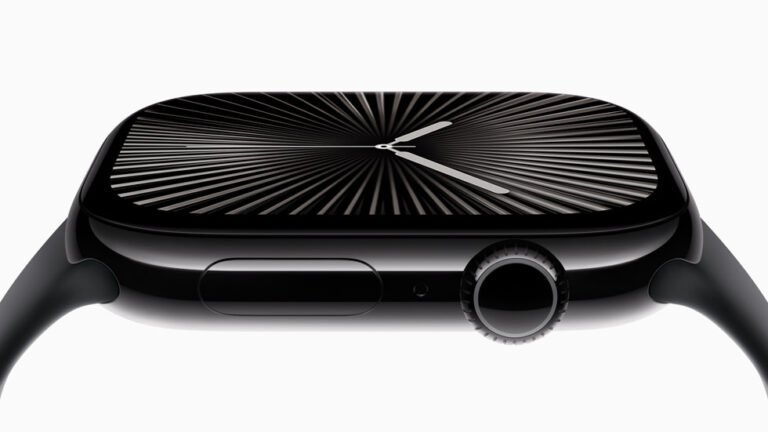Apple Watches have become one of the most popular and influential wearable devices since their launch in 2015. Designed by Apple Inc., these smartwatches are more than just a convenient extension of your iPhone. They offer advanced health monitoring, seamless communication, fitness tracking, and smart features that integrate easily into everyday life. With each new version, Apple has expanded what users can expect from a smartwatch, turning Apple Watches into essential tools for millions of people around the world.
The first Apple Watch arrived in April 2015, offering basic notifications, call handling, and fitness tracking. It marked Apple’s entry into the wearable tech market. Following this, Apple quickly improved its offerings with newer models. In 2016, Series 1 and Series 2 introduced faster processors and built-in GPS. Series 3, launched in 2017, added cellular support, allowing users to make calls and send messages without their iPhone nearby.
In 2018, Apple Watch Series 4 brought a significant redesign with a larger display and the introduction of the ECG app, allowing users to take an electrocardiogram from their wrist. This focus on health continued in Series 5 with the Always-On Retina Display, and Series 6 added a Blood Oxygen sensor in 2020. That same year, Apple launched the first Apple Watch SE, a more affordable version with many of the core features at a lower price.
Apple Watches have continued to evolve with Series 7 and Series 8, each bringing enhancements like faster charging, temperature sensing, and crash detection. The 2022 launch of the Apple Watch Ultra marked a shift toward rugged, high-end use. Built for athletes and adventurers, the Ultra features a larger, more durable titanium case and up to 60 hours of battery life with low-power settings. In 2023, Apple released the Series 9 and Ultra 2 models, powered by the new S9 chip. These introduced improved performance, on-device Siri, and a new Double Tap gesture for easier control without touching the screen.
Throughout their evolution, Apple Watches have focused heavily on fitness and health. They monitor steps, calories, heart rate, sleep, and more. Newer models offer advanced features like blood oxygen tracking, ECG readings, fall detection, and alerts for high or low heart rates. Women can track their menstrual cycles and get temperature data that can help with cycle predictions. The watch can even detect if the user has been in a car crash and contact emergency services.
On the communication side, Apple Watches allow users to take calls, respond to texts, send voice messages, and use features like Walkie-Talkie or Siri. The watches support GPS and LTE, depending on the model. Apps are available directly through the App Store on the watch, allowing users to customize their experience. Apple Pay makes it possible to pay for items with just a tap of the wrist, and integration with other Apple devices like iPhones, AirPods, and Macs enhances the seamless experience.
Apple Watches run on watchOS, which is updated annually with new features. The latest version, watchOS 10, redesigned the interface with a new Smart Stack feature and improved tracking for cycling. Privacy is also a key focus. Apple encrypts health data and ensures sensitive information stays secure, even when stored in iCloud.
Battery life varies by model. Standard Apple Watches last around 18 hours with normal use, while the Apple Watch Ultra can last up to 60 hours in low power mode. Pricing also varies. The Apple Watch SE (2nd Gen) starts at around $249, the Series 9 at $399, and the Ultra 2 at $799.
With their growing popularity, Apple Watches have not only changed how people check the time but also how they manage their health, stay connected, and navigate daily life. From busy professionals and athletes to seniors and casual users, Apple Watches have proven to be more than just gadgets—they are personalized digital companions built to support a wide range of needs.







